ISQM 1 is made up of eight components which are highly integrated and operate together in a continuous manner. While this article will focus on the first four components within ISQM 1, issue 3 will focus on the remaining four components.
Component 1: A risk assessment process in place
Within ISQM1, a shift towards a more risk-based approach is required to be in place. ISQM1 requires firms to perform their own risk assessment within the entity to ensure that their system of quality management is specifically designed to address identified risks. Such risk assessment process can be clearly achieved through the establishment of quality objectives, the identification and assessment of quality risks and finally the design and implementation of responses in response to identified risks.
For example, an individual assigned operational responsibility for the system of quality management should have a sufficient understanding of the firm and its engagements to undertake the risk assessment process. In a practical example, the ultimate responsibility for the system of quality management may be assigned to a single individual within a firm, who would hold sole responsibility for the oversight of the firm.
The establishment of policies and procedures by the firm with respect to consultations, for example, could include with whom consultations should be undertaken by engagement teams and the specific matters for which consultations would be required. The firm would appoint suitably qualified and experienced individuals to provide the consultations. This could accordingly be acting as a response to one of the identified risks.
Component 2: More focus on governance in addition to leadership
In addition to this, ISQM 1 imposes more focus on governance as well as leadership. The firm must ensure that the environment in place encourages smooth operation of the other seven components, by recognising and reinforcing the performance of quality engagements in a consistent manner and emphasizing the importance of quality within the firm’s strategic decisions and actions.
Furthermore, leadership roles, including corresponding responsibilities and accountability need to be clearly defined, with annual performance evaluations in place.
For example, a firm may encourage professional values and attitudes within the company to include timeliness, courteousness, respect, accountability, responsiveness and dependability. It may also establish policies and procedures to include the maintaining of an open mind to new ideas or different perspectives in the professional environment, as well as the pursuit of excellence.
Component 3: Relevant ethical requirements
ISQM 1 emphasizes an increased focus on ethical requirements and independence. This is achieved through the establishment of quality objectives that address the fulfilment of responsibilities in accordance with relevant ethical requirements. In line with this, it is imperative that the firm, including its personnel, understand the relevant ethical requirements, including those relating to independence, fulfil their responsibilities in relation to such requirements and also identify and respond to any breaches in relation to relevant ethical requirements and independence, in a timely manner.
For example, a firm may prohibit the acceptance of gifts or hospitality from a client, even if the value is clearly trivial. Furthermore, the firm may opt to set rotation periods for all engagement partners, including those performing other assurance or related services engagements, and may also decide to extend the rotation periods to all senior engagement team members.
Component 4: Acceptance and continuance procedures for client relationships and specific engagements
ISQM 1 notes the requirement for the firm to establish quality objectives in relation to the acceptance and continuance of client relationships and engagements. This involves obtaining sufficient appropriate information regarding the nature and circumstances of the engagement and the integrity and ethical values of the client and making appropriate judgements regarding accepting or continuing the client in response to information obtained.
The firm must also assess whether sufficient resources are in place to perform such engagement, including whether information in relation to such engagement is accessible.
For example, the firm may consider specific reporting deadlines when determining whether appropriate resources are available to perform engagements in question. Individuals with knowledge of the relevant industry would also need to be considered.
Should you require further information or assistance in relation to the implementation of ISQM 1, please get in touch with Janis Hyzler on jh@zampadebattista.com.
Our assistance goes beyond an advisory role, and could also include the fully fledged drafting of policies and procedures in line with the requirements of ISQM 1.
Please note that this article is being published for information purposes only. As such, it does not constitute or should not be interpreted or construed as legal advice or guidance. ZD does not accept responsibility or liability for any damages arising as a result of using this information as legal advice or guidance.




